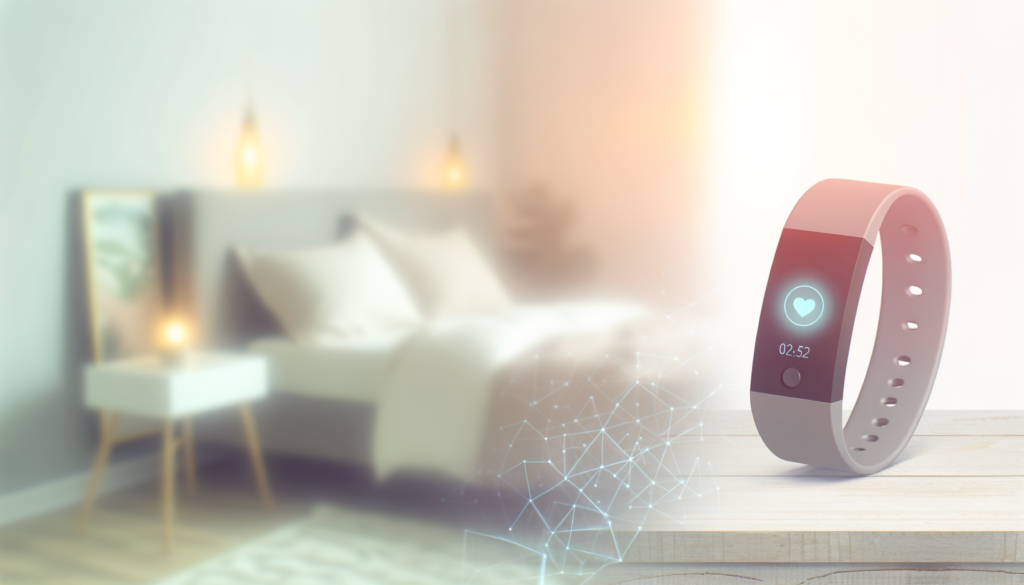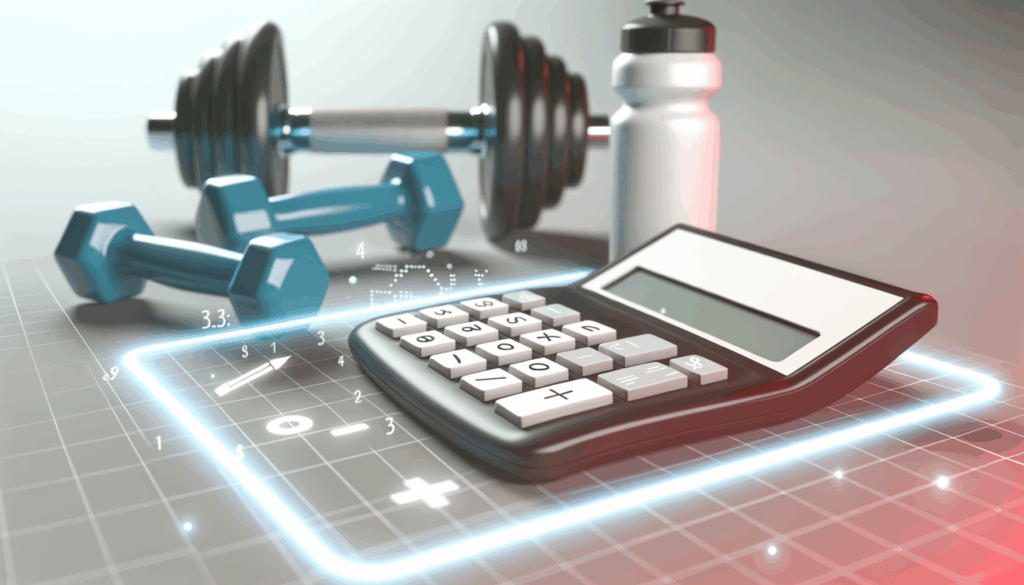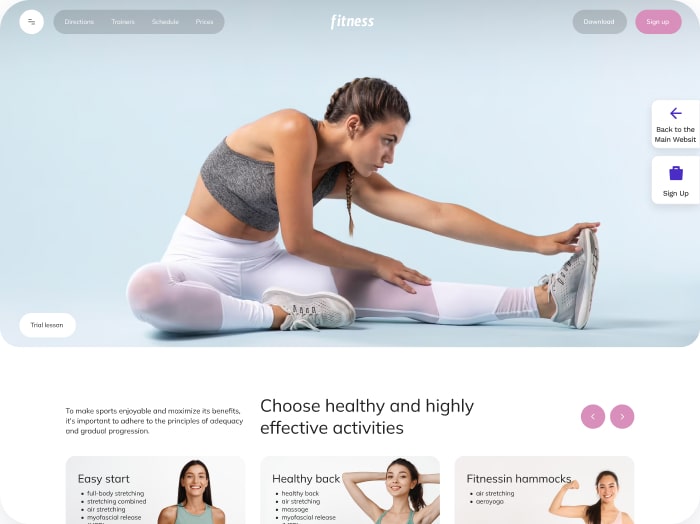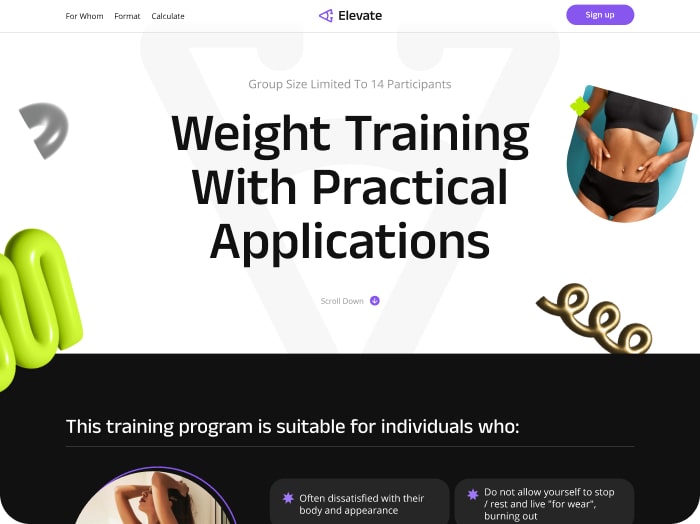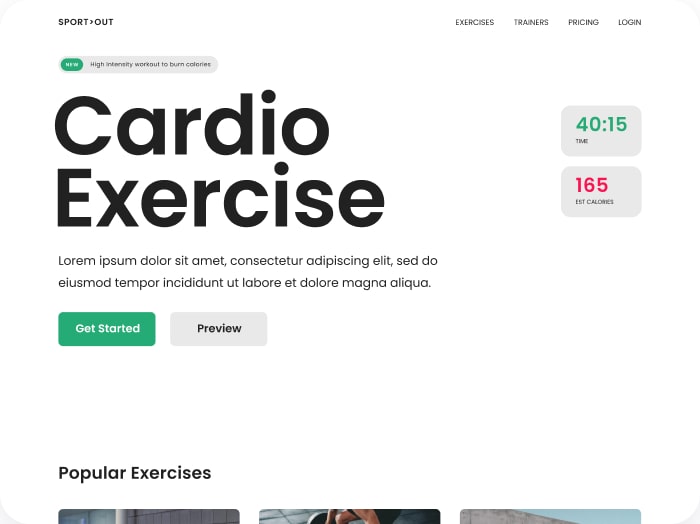Understanding the Role of Biofeedback in Managing Stress-Related Eating
Stress and eating are intricately linked, with many individuals turning to food as a coping mechanism for stress. However, this can lead to a range of health issues, including eating disorders, weight gain, and digestive problems. Biofeedback, a non-invasive and drug-free treatment, has emerged as a promising tool for managing stress-related eating. Here, we delve into how biofeedback devices can be integrated into nutrition plans to promote mindful consumption and reduce stress eating.
The Impact of Stress on Eating Habits
Stress can significantly alter eating patterns. When stressed, the body diverts energy from the digestive system to cope with the perceived danger, leading to various digestive issues such as heartburn, stomach aches, irritable bowel syndrome (IBS), constipation, and nausea. Some individuals may overeat, resulting in weight gain, while others may lose their appetite and experience unnecessary weight loss. Prolonged stress also interferes with brain function, impairing cognitive processes like memory, concentration, and decision-making.
How Biofeedback Works
Biofeedback is a technique that involves using electronic devices to monitor and provide feedback on physiological processes such as heart rate, blood pressure, skin temperature, and muscle tension. This real-time feedback helps individuals become aware of their body’s responses and learn to control them through relaxation and self-regulation techniques.
Types of Biofeedback Devices
Several types of biofeedback devices are particularly useful for managing stress-related eating:
Heart Rate Variability (HRV) Monitors: These devices measure the balance between the sympathetic and parasympathetic nervous systems, helping users optimize their HRV through deep breathing or mindfulness practices. HRV biofeedback is especially effective in reducing anxiety, physical tension, and insomnia, all of which are common in individuals with eating disorders.
Electromyography (EMG) Devices: EMG biofeedback monitors muscle tension, allowing users to recognize and relax specific muscles. This is beneficial for managing stress-related muscle tension that can contribute to digestive issues.
Galvanic Skin Response (GSR) Sensors: These sensors measure skin conductance, which correlates with emotional arousal. GSR biofeedback helps users manage anxiety and stress by becoming aware of emotional triggers.
Benefits of Biofeedback for Stress-Related Eating
Biofeedback offers several benefits that can help individuals manage stress-related eating:
Awareness and Self-Regulation: Biofeedback devices provide real-time information about physiological processes, enabling users to become more attuned to their body’s responses. This awareness is crucial for recognizing the signs of stress and developing the ability to control responses consciously.
Stress Reduction Techniques: Biofeedback guides users in practicing relaxation techniques such as deep breathing, progressive muscle relaxation, and mindfulness meditation. These techniques help reduce stress hormones and promote relaxation, which can mitigate the urge to engage in stress eating.
Emotional Regulation: By identifying how emotions affect physiological state, biofeedback helps individuals understand their emotional triggers and learn how to better regulate their responses. This is particularly beneficial for those with eating disorders, as it helps them manage the anxiety and depression that often accompany these conditions.
Mind-Body Connection: Biofeedback fosters awareness of the mind-body connection, helping users understand how their thoughts, emotions, and physical sensations interact. This increased awareness can lead to more mindful consumption and a healthier relationship with food.
Case Studies and Real-World Applications
Several studies and real-world applications demonstrate the effectiveness of biofeedback in managing stress-related eating:
A study on HRV biofeedback showed significant improvements in depression scores, physical tension, anxiety, and some PTSD symptoms after 4-8 weeks of training. Participants also reported reduced “brain fog” and an increased ability to take in information, which can enhance the effectiveness of cognitive therapies like CBT and DBT.
At Walden Behavioral Care, biofeedback has been integrated into eating disorder treatment plans with positive outcomes. Patients have reported that biofeedback helped them calm down during anxiety attacks and develop trust in their ability to manage their feelings.
Athletes and individuals in high-stress professions have used biofeedback to optimize their performance and manage stress. By understanding their physiological responses, they can maintain an optimal state, enhancing focus and endurance.
Integrating Biofeedback into Nutrition Plans
To effectively integrate biofeedback into nutrition plans, the following steps can be taken:
Initial Assessment: Conduct an initial assessment to understand the individual’s stress levels, eating habits, and physiological responses. This can involve using biofeedback devices to monitor HRV, muscle tension, and skin conductance.
Customized Training: Develop a customized biofeedback training program that includes relaxation techniques such as deep breathing, progressive muscle relaxation, and mindfulness meditation. These techniques should be guided by real-time feedback from biofeedback devices.
Regular Practice: Encourage regular practice of biofeedback sessions, ideally in conjunction with other stress management techniques like CBT or meditation. Consistency is key to developing self-regulation skills and reducing stress-related eating.
Monitoring Progress: Regularly monitor progress using biofeedback data and psychological tests. This helps in adjusting the training program as needed and providing feedback on the effectiveness of the interventions.
Conclusion and Next Steps
Biofeedback is a powerful tool for managing stress-related eating by promoting self-regulation, emotional awareness, and mindful consumption. By integrating biofeedback devices into nutrition plans, individuals can better cope with stress, reduce the urge to engage in stress eating, and develop a healthier relationship with food.
If you are considering using biofeedback for stress management or eating disorders, it is essential to consult with a healthcare professional. They can help you choose the right biofeedback device and develop a personalized training program. For more information on how to manage stress and improve your overall health, you can also visit resources like Calorie Calculator Cloud for comprehensive health and fitness guidance.
Remember, managing stress-related eating is a journey that requires patience, consistency, and the right tools. By leveraging biofeedback technology, you can take a significant step towards a healthier, more balanced life.
“`
